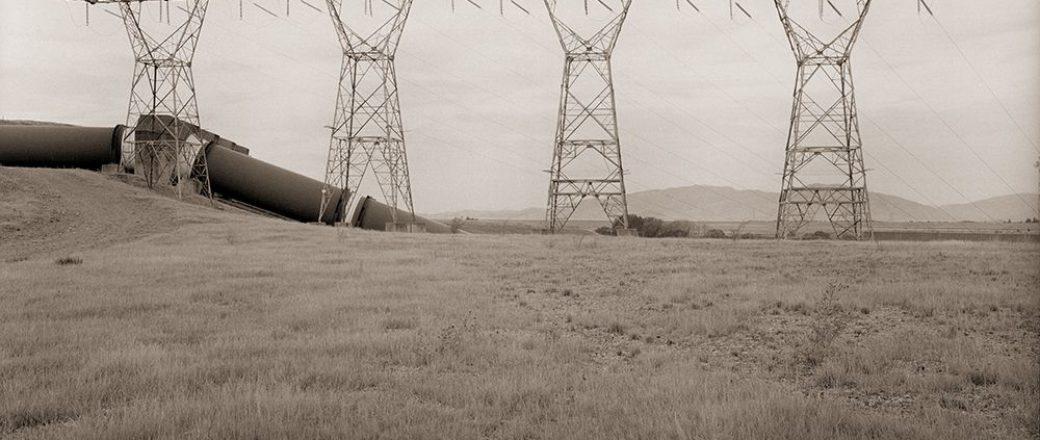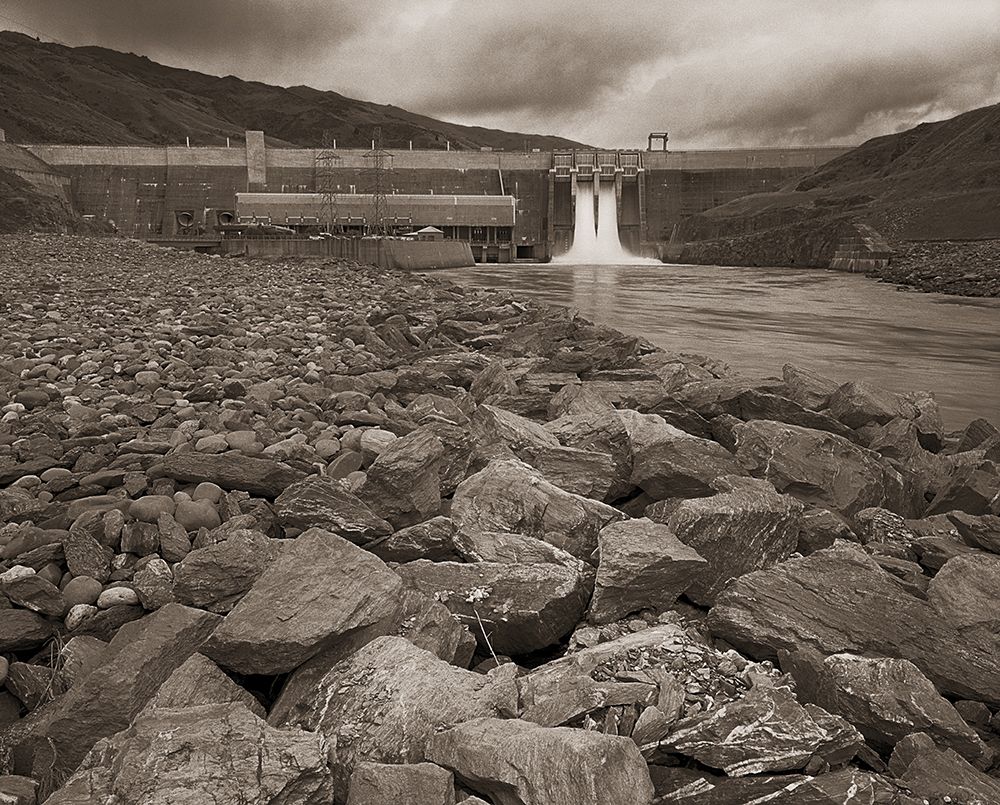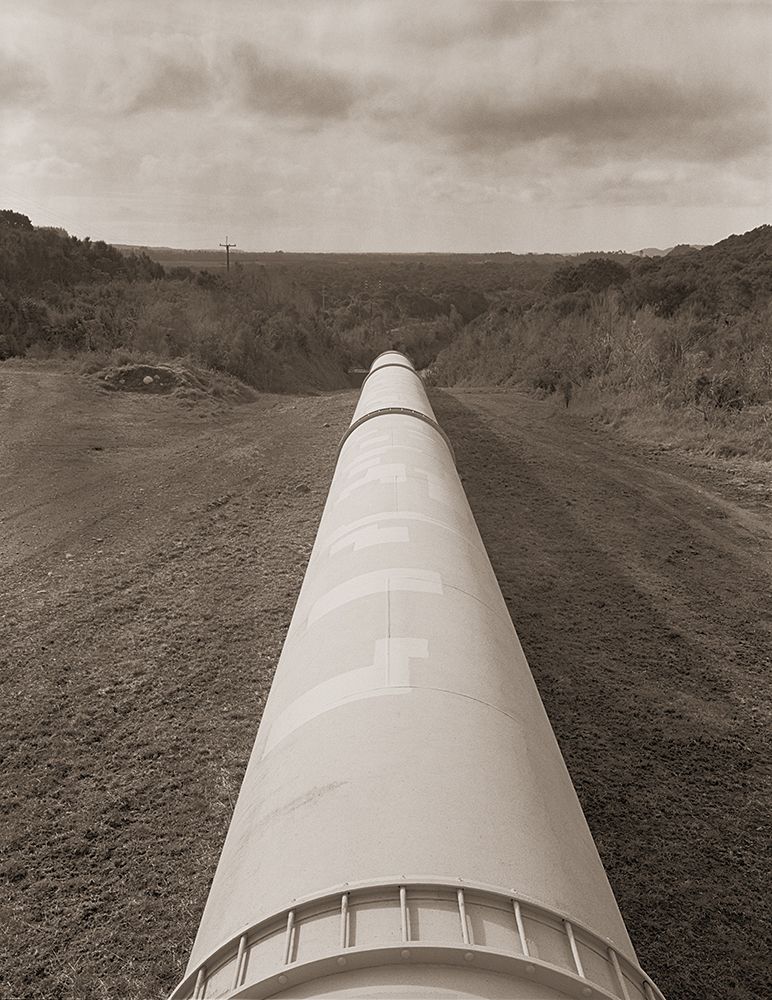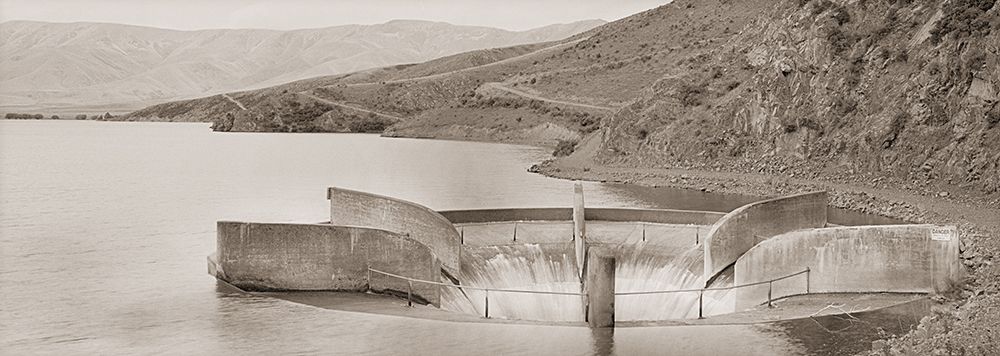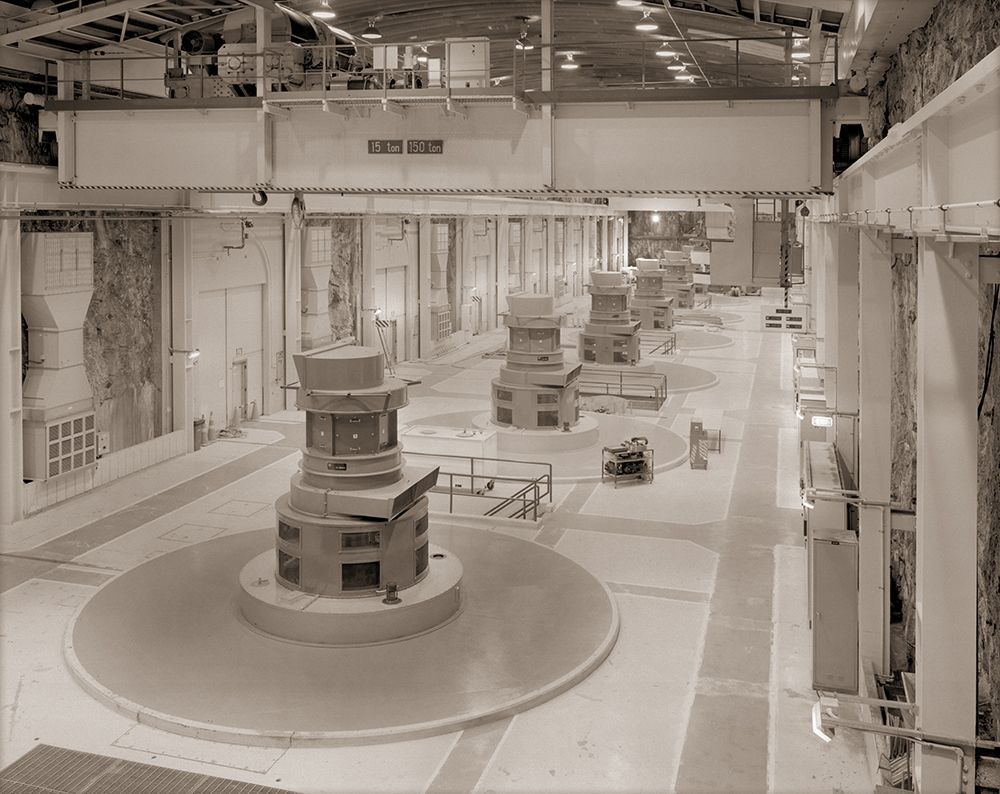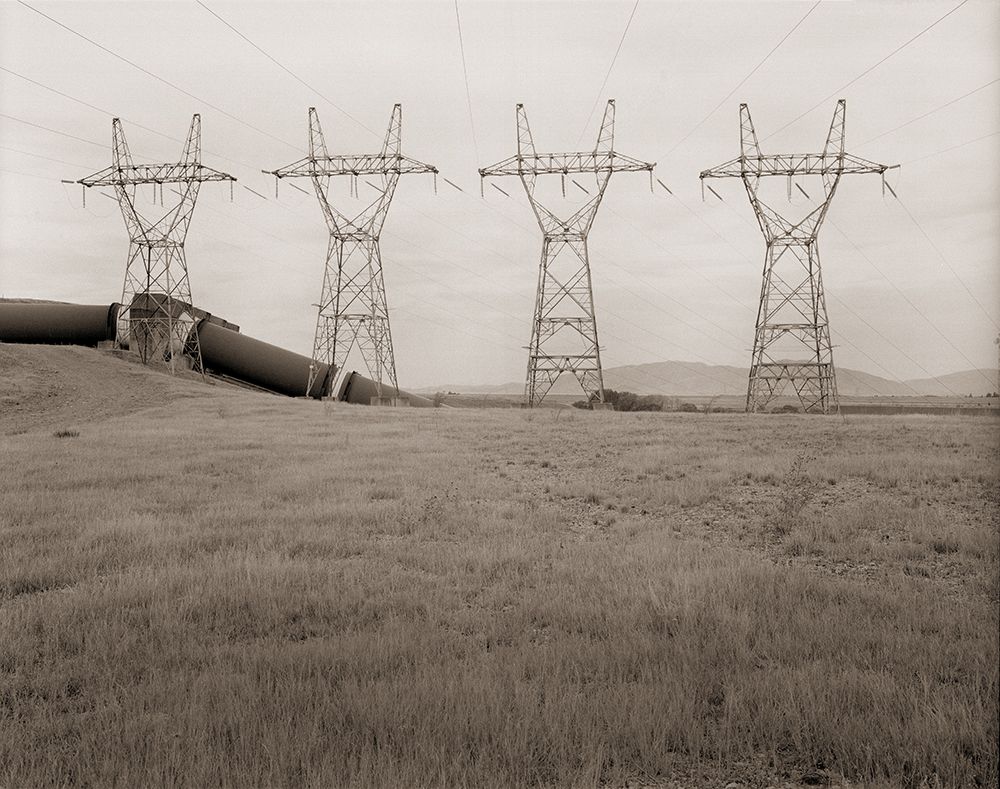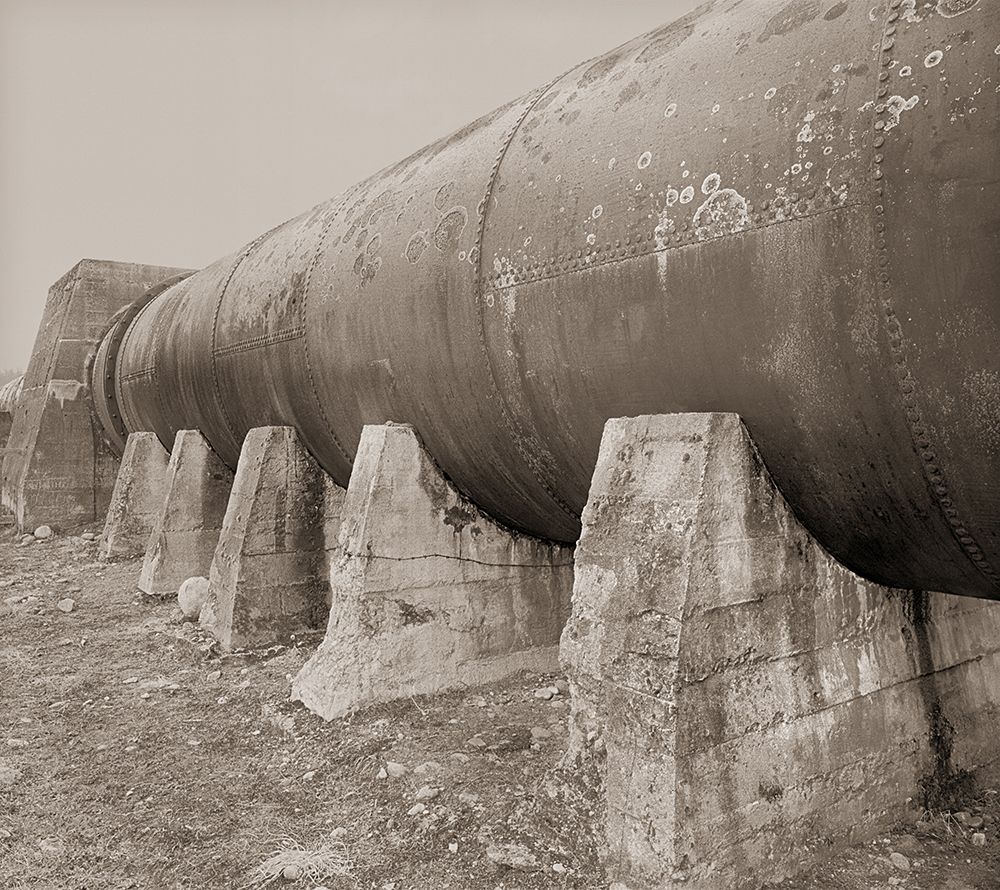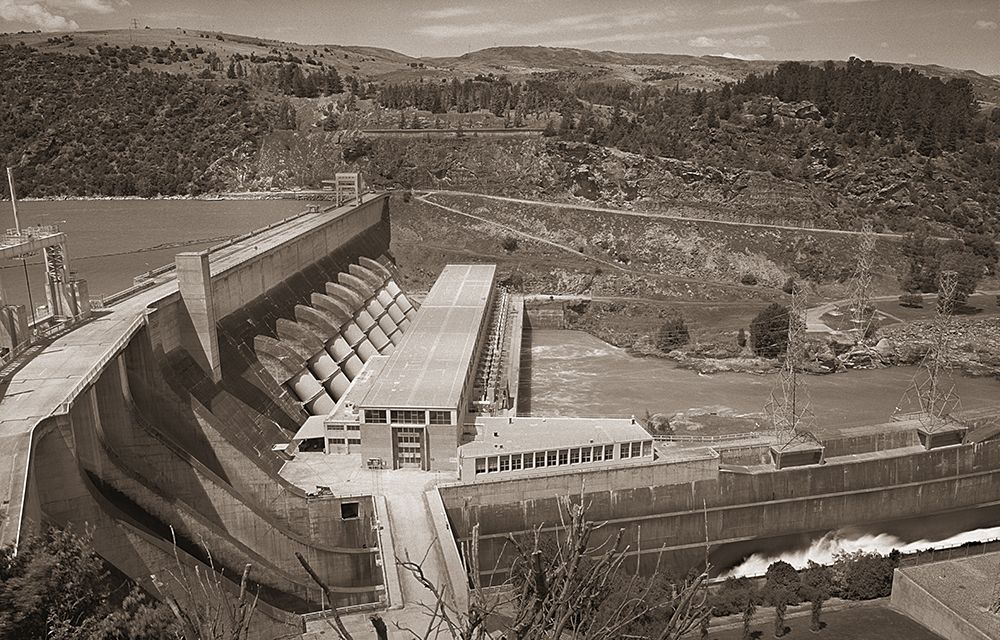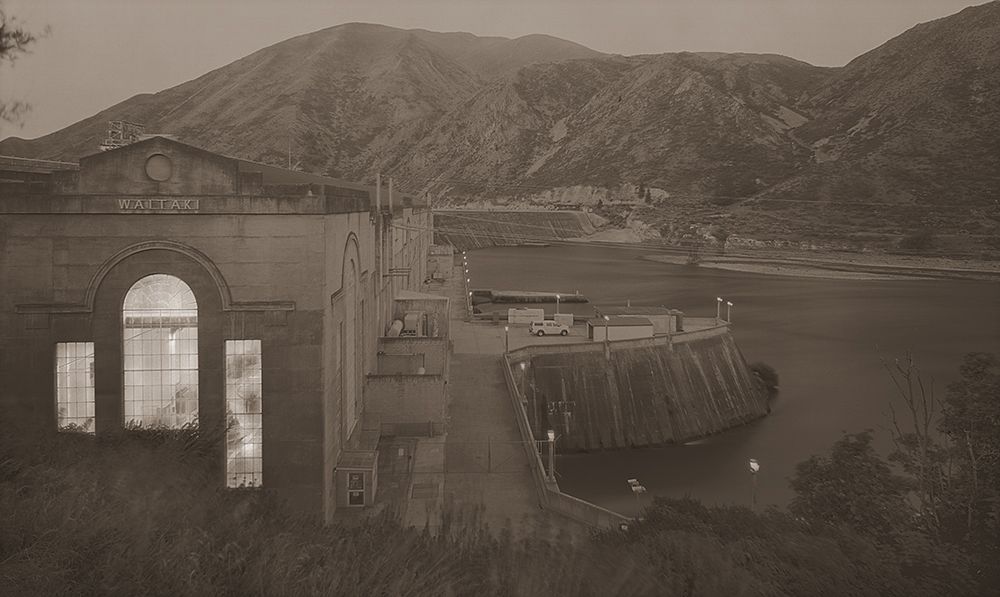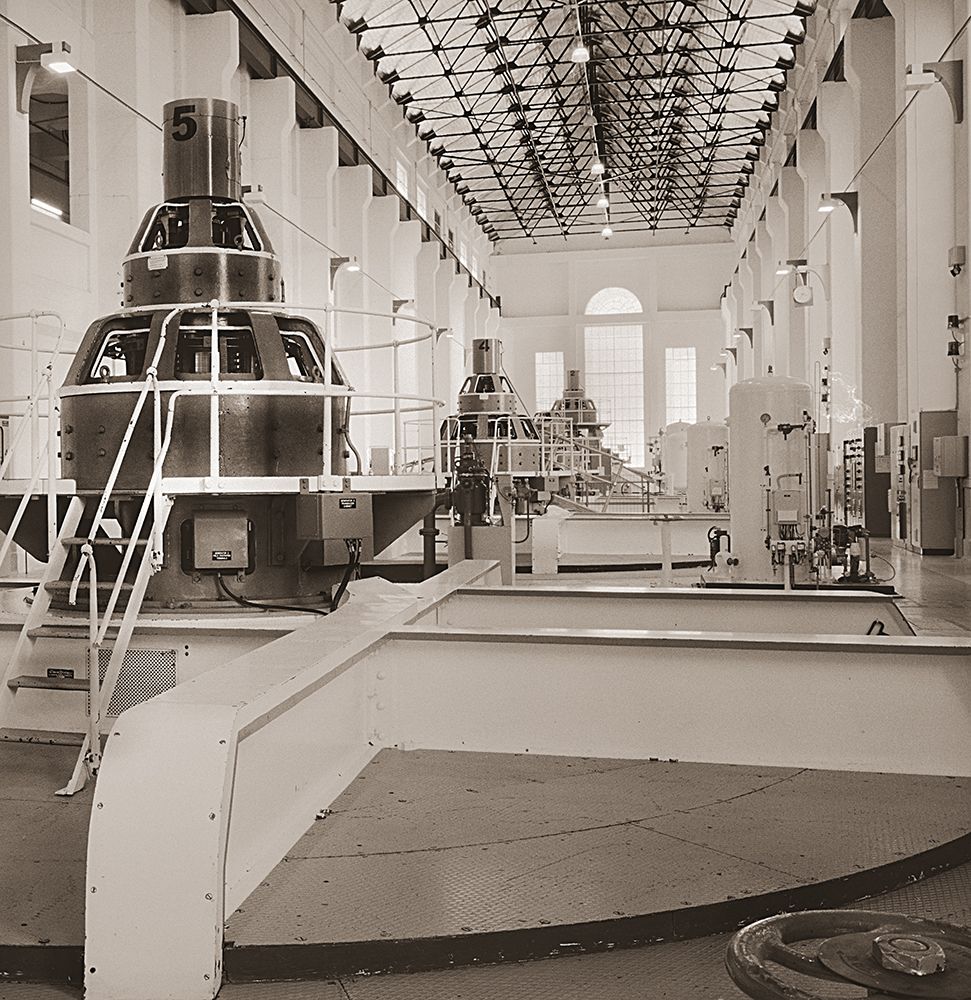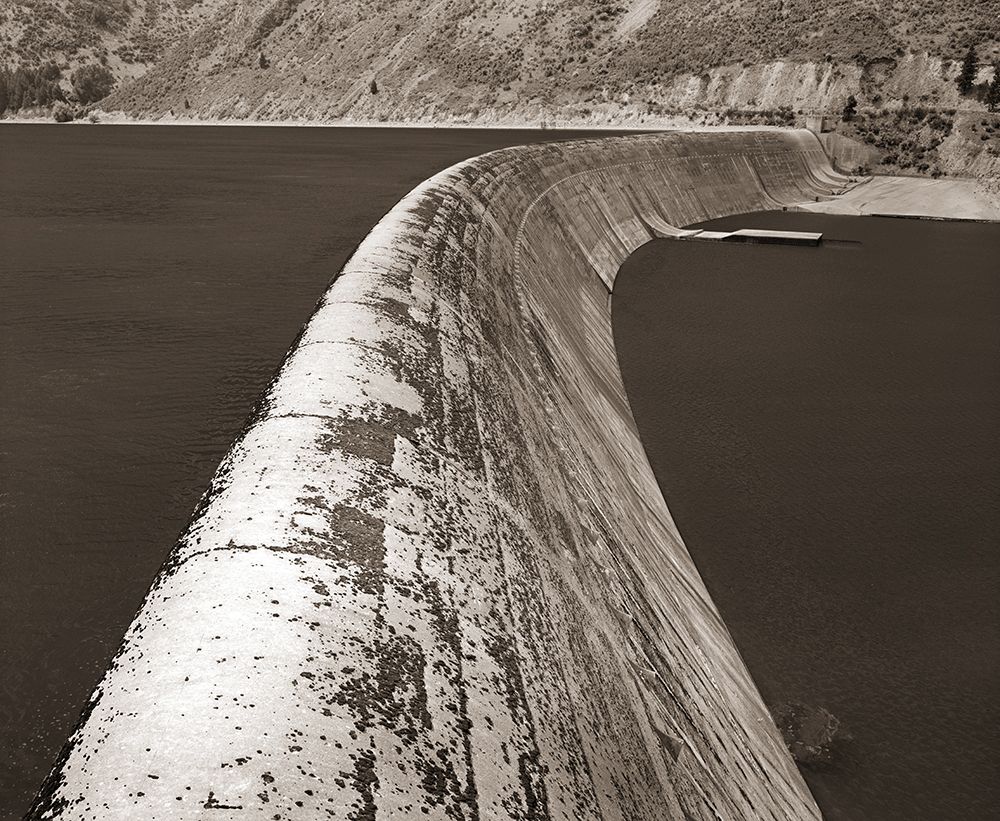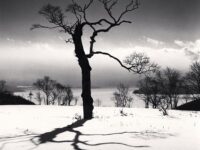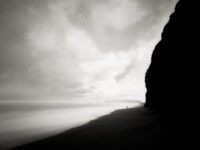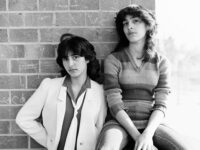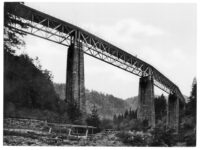– How and when did you become interested in Photography?
I was interested in photography as a hobby in my teenage years, belonging to a local camera club, and using a 35mm camera to shoot transparencies. Before I went to university I was fortunate to attend a week long photographic residential workshop in Edinburgh, Scotland. This was a great experience, giving me an insight into film and print developing amongst other aspects of photography.
But it was in New Zealand, from 1994, that I decided to pursue fine art photography whole-heartedly, using primarily a large format camera to create black and white photographs.
– Is there any artist/photographer who inspired your art?
I have been inspired by a number of American photographers. Two have been the most significant. First was Ansel Adams. I was given as a gift a beautifully printed book of some of his landscape photographs, and I was quite taken aback by the fantastic tonal qualities in his pictures. The second was Howard Bond, who himself learnt earlier on from Ansel Adams. I attended a workshop of Howard’s back in 1997 and I was really overwhelmed by his photographs, and have two on my wall at home for inspiration.
– Why do you work in black and white rather than colour?
I love how black and white is an abstraction of reality, where the photographer can significantly control the contrasts and tones in the scene to create their personal interpretation.
– How much preparation do you put into taking a photograph/series of photographs?
I usually put considerable preparation into taking a photograph, or series of photographs. I usually return to a scene several times to catch the light as I would like it. I use the Zone System, pioneered by Ansel Adams, which gets you to measure the scene being photographed with a spot meter, and from that you can work out not only the exposure you will use, but also the development you will give to the film. Photographing, especially with my view camera, is a slow process. Exposure times can be as long as an hour or more, so I need to be patient during exposure to check and recheck the light levels and if it has changed, to adjust the exposure time. I like to photograph in diffused light, either at the end of the day or with cloud covering the Sun, softening its light.
This is just the beginning of the process. The film is processed, and then scanned on a film scanner. I call the next stage “Interpretation”, adjusting the tones and contrasts of the scanned image to produce a finished one ready for printing. Interpretation can take two or more days.
My most recent collection, “Hydro Electric”, was a big undertaking. My wife and I sold our home, and purchased a four wheel drive vehicle to pull a heavy Australian-made caravan. We travelled from the North of the New Zealand’s North Island down to the south of the South Island. Our elderly dog Jessie came with us, and I think had the time of her life.
I had assistance from a member of staff at a power generating company, who kindly organised a tour of one hydro station by its manager – I am very grateful to both of them.
I used two cameras for this project – my main view camera and also a smaller excellent Mamiya 7 medium format camera.
– Where is your photography going? What projects would you like to accomplish?
I feel the spiritual home of my photography is in America, and I want to have my work seen and displayed there.
I have two, quite different, projects in mind. The first is to capture objects around my home that we moved to after our Hydro Electric adventure. Inspired by Ruth Bernhard’s Gift of the Commonplace series, I now keep seeing images that interest me around the house – quite the opposite of travelling to the other end of the country to make a photographic series. I can see it may be quite a challenge to position my tripod and large camera in most places, not to mention any lighting that I may use for some images.
The second project is to photograph a number of small to medium sized breweries around New Zealand. I have already been in contact with these breweries, and have their permission to photograph.
Following on from my Hydro Electric series in New Zealand, it would be a dream to photograph dams and power stations in America. Also, with America being so diverse, I am open to any new project ideas based there.
Website: www.jonathanbourla.com

